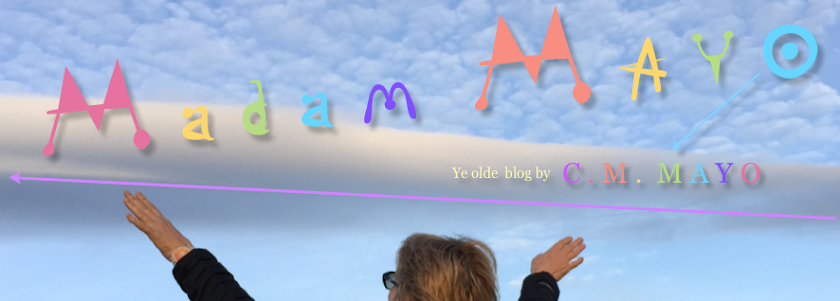 |
| www.johnkachuba.com |
MEXICO’S DAY OF THE DEAD
The Mexican perspective on death is different from that of other cultures. Mexicans share the traditional western view of death as the end of all things and they fear death and mourn for the dead as do other cultures but they also have a strange relationship with death that is contrary to the Grim Reaper image.
That relationship may stem from the indigenous cultures that worshipped various gods of death and that offered sacrifices—sometimes human sacrifices—to propitiate those gods. The syncretism between these indigenous beliefs and Catholicism brought by Spanish invaders transformed an already extant belief in an afterlife into something more accessible to the mind. Death was no longer a permanent state since spirits existed in an afterlife and were thus able to visit with those left behind. In some ways, death lost its sting, resulting in a more comfortable, accepting relationship with it.
Nowhere is this relationship better exhibited than in Mexico’s centuries-old Day of the Dead festival—Dia de Muertos. Actually, more than a single day, the festival begins on October 31 and runs through November 2. As Spanish priests worked on converting the indigenous peoples to Catholicism they at first tried to ban the festival which had been in existence for centuries, rooted in the Aztec festival dedicated to the goddess Mictecacihuatl, the Lady of the Dead. The native peoples challenged the priests’ attempts to halt their food offerings to the dead, explaining that their offerings were no different than the bread and wine the priests offered in the Mass. Rather than antagonize their potential converts the priests wisely conflated the indigenous celebration with the Catholic holidays of All Hallows’ Eve (October 31), All Saints’ Day (November 1), and All Souls’ Day (November 2).
The angelitos, the spirits of deceased children return on All Hallows’ Eve while the adults return on All Saints’ Day. On All Souls’ Day families go to the cemeteries where they offer food, drink, incense, candles and even music to their departed family members. The cemeteries on that day are busy places, full of flowers and candles and families offering food and drink to their deceased loved ones Musicians, sometimes entire bands, may be hired to play music for the returning spirits.
Although there are some variations throughout Mexico, the usual customs of Dia de Muertos include cleaning and decorating with candles and flowers the gravesites of deceased relatives and building elaborate home altars called ofrendas in memory of those same departed relatives. The beautiful ofrendas typically contain lots of candles and flowers (usually marigolds), pictures of the loved ones and offerings of their favorite foods and beverages. It is believed that the spirits of the departed relatives return to their homes during the festival so the food and drink will refresh them. The spirits will partake of the spiritual essence of the food; the family will eat it afterwards. One might also find a bowl of water and a towel for the spirits to clean themselves with after their long journey; pillows and blankets may be left out for their rest. The general idea is to encourage the return of the spirits so that they may hear the family’s prayers and discussions about them.
Skulls and skeletons are iconic images of Dia de Muertos, made famous by the 19th century illustrator and engraver José Guadelupe Posada. They figure prominently in decorations and displays while celebrants frequently wear skeleton costumes and makeup during exuberant celebrations that rival Mardi Gras. There are special foods associated with the festival, notably the calaveras, sugar skulls, and pan de muertos, bread of the dead, often made in the shape of bones.
At once, both a somber joyous celebration, Dia de Muertos is a colorful and exciting festival not to be missed. . . and now you have a chance to join in.
CLICK HERE FOR DETAILS ABOUT THIS TOUR ON JOHN KACHUBA'S WEBSITE
+ + + + + + + + + + + + +
P.S. Before you go, pick up a copy of Mexico: A Traveler's Literary Companion, which includes, yes indeed, several stories about los muertos. And while you're at it, download the Kindle of Metaphysical Odyssey into the Mexican Revolution.
>Visit Madam Mayo's guest-blog archive, which includes John Kachuba's guest-blog from 2012, Five Literary Ghosts. Other recent guest-bloggers include Lisa Carter's Five Tastes of Spain for Armchair Travelers and Jim Johnston's Five Things to See in Mexico City's Historic Center with Your Feet Off the Ground
COMMENTS
